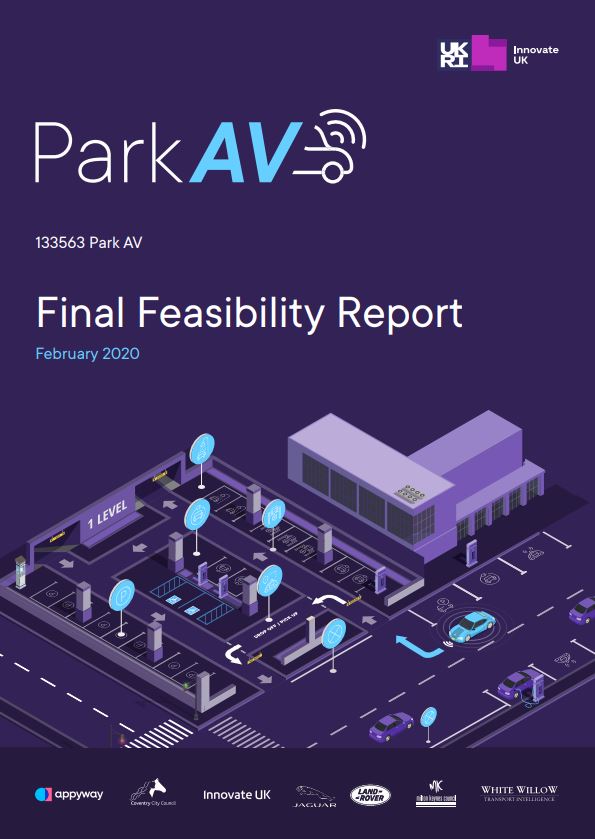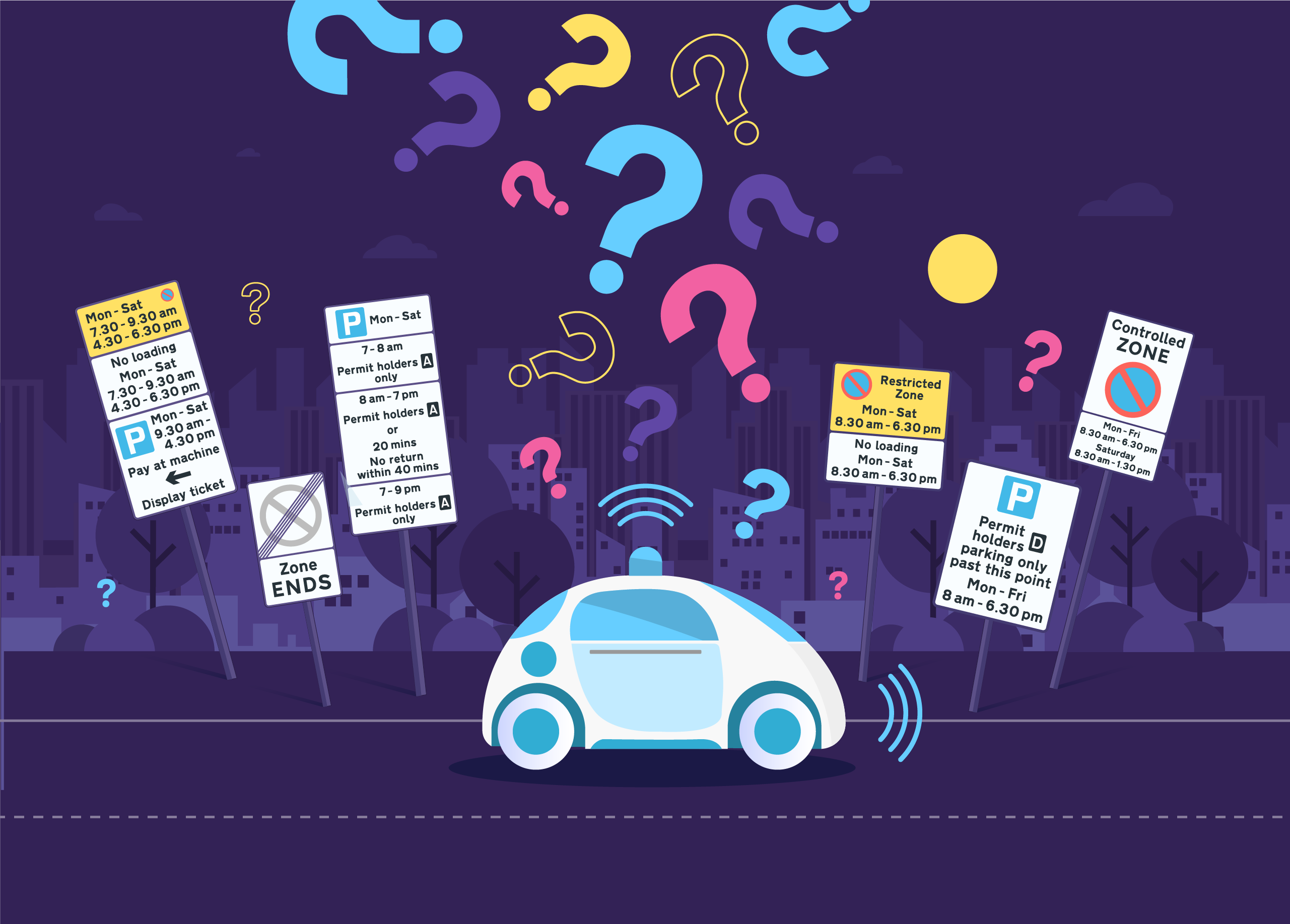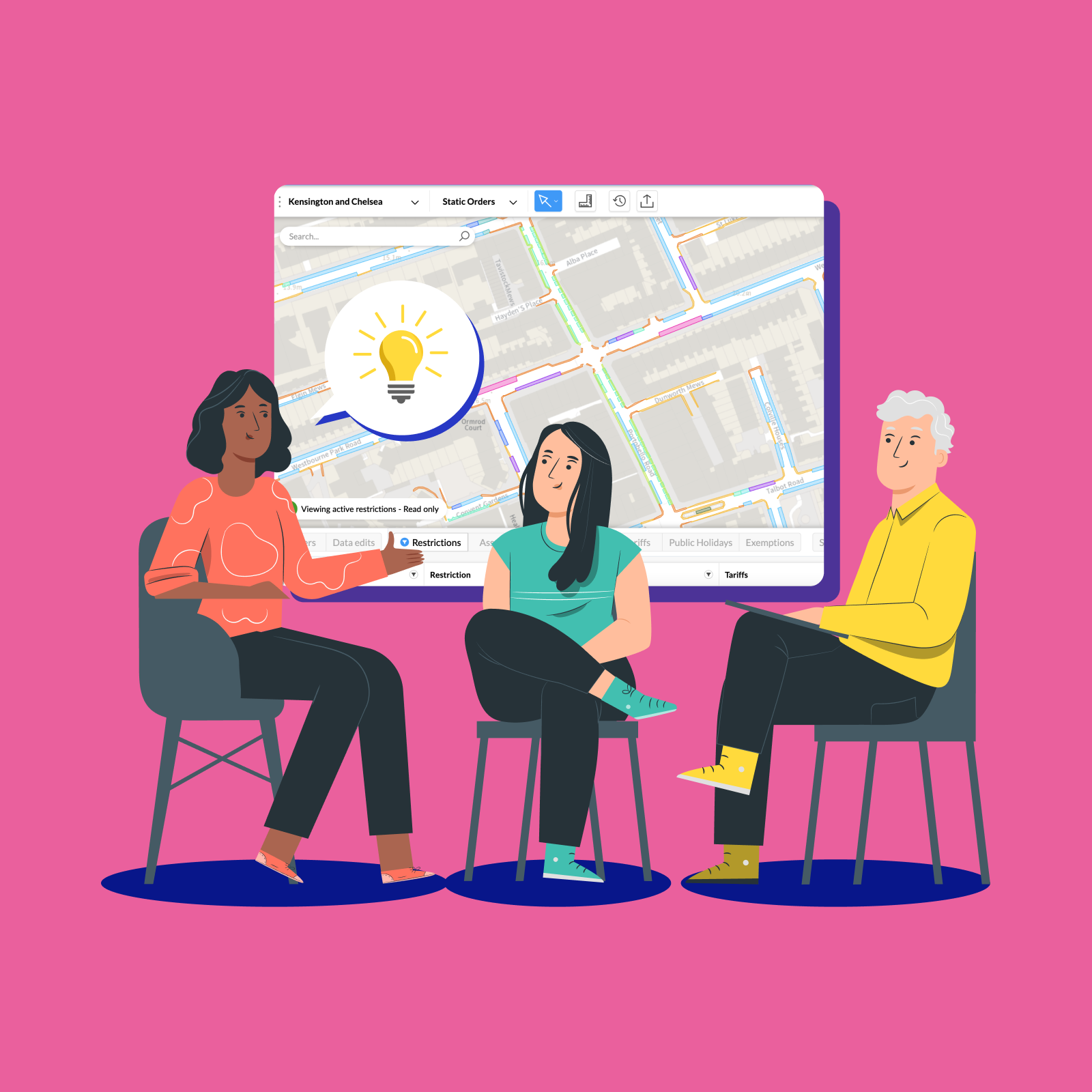The advent of automated vehicles will have a huge impact on day to day life. For the consumer, it could mean a safer, more convenient mode of travel, but for the transport industry, urban design, logistics, and more, the changes will be even greater. To make this happen there will need to be adjustments to technology, business models, land use, and policy, to name but a few. Many daily processes we take for granted will be impacted.
The recent Centre for Connected and Autonomous Vehicles (CCAV) funded ParkAV project, led by a consortium made up of AppyWay, Jaguar Land Rover, and Coventry and Milton Keynes Councils, looked specifically at how one common activity will be impacted: parking. Rather than the technical aspects of how the vehicle functions, it looked at the supporting elements and business case for level 4/5 automated valet parking (AVP): logistics, regulation, payment, locating parking, use of land, data exchange, etc, for both on and off street parking.
The consortium found that, in order to facilitate AVP, a number of regulatory changes need to happen at both national and local government levels. Many of these will not just enable AVP, but also the day-to-day operation of automated vehicles (AVs). These have been addressed via calls to action, which for national government are as follows:
Change the Road Traffic Act to allow shorter term parking
Currently, legislation prevents charging for stays under five minutes or use of other parking bay types for short term parking. The consortium recommends amending this to enable dynamic use, payment for, and reservation of parking bays.
For example, the current model, where a person drives their car to a shop, parks, then returns to drive away, leads to councils obtaining an income to pay for road maintenance and transport from parking. Use of the parking bay is also static. However, a model where an automated vehicle drops off a passenger and comes to collect them later, so-called “kerb kissing”, would leave councils without this revenue stream in the future and a short, limited use of what could be a multipurpose bay.
Enabling a change in the charging model will allow councils to continue to generate revenue. This does not just apply in the long term, but can enable councils more flexibility in obtaining revenues now as companies such as Uber, which drop off passengers rather than park, become more commonplace. What’s more, dynamic use of bays will enable councils to adjust their use according to need, or open up one bay to multiple use cases throughout the day.
Allow digital and dynamic Traffic Regulation Orders (TROs)
Currently, TROs (or TMOs) are paper based, single use/static, and cumbersome to change. They are not fit for purpose in a digital ecosystem such as that enabling AVs. While digital TROs would facilitate communication of regulations and changes to CAVs in order for them to operate, they would also make TRO management more efficient. Similarly, dynamic TROs will enable councils to make better use of their kerb space (see our blog on dynamic TROs here) beyond just AVs and engage with new mobility and transportation as a whole, from buses to taxis.
The government is increasingly embracing new transport, including multi-modal mobility-as-a-service and CAVs, and thus the consortium also suggests changing the name from “Traffic Regulation Order” to “Transport” or “Mobility” Regulation Order to reflect this change in thinking about how we move around.


Don’t just look at CAV vehicle technology, but have a customer and business-centric view of their development
One outcome of the project was that the development of CAVs goes much further than just the technological capacity of the vehicle, but should also include environmental factors. When reviewing policy and use-cases, the government needs to take a consumer and business-centric view of how CAVs will influence other areas.
One highlighted in particular is land use and development planning to encourage adaptability of land use and growth with a technology agnostic approach. With AVP as an example, AVs will not necessarily park in a traditional way, and the consortium looked at how this will impact use of land. For example, would on street become a pick-up/drop-off space, while car parks could be used for charging, waiting and storage? This could have an impact on inner city car parks, with reallocation of high value land by councils, as well as business models for charging operators for land. This is just one use case that demonstrates a need for government to take a more holistic approach and look at the impact of the vehicles on surrounding aspects.
Overall, much will need to change in policy and legislation to enable AVs to operate on our roads; this is a snapshot of parking alone. Beyond the findings of the ParkAV project, the UK Law Commission’s recent consultation into AVs also found that a number of regulation changes would be needed to cover kerbside access, parking and pricing. For further information on the ParkAV project and for the digitisation of parking and TROs, please contact us here.






